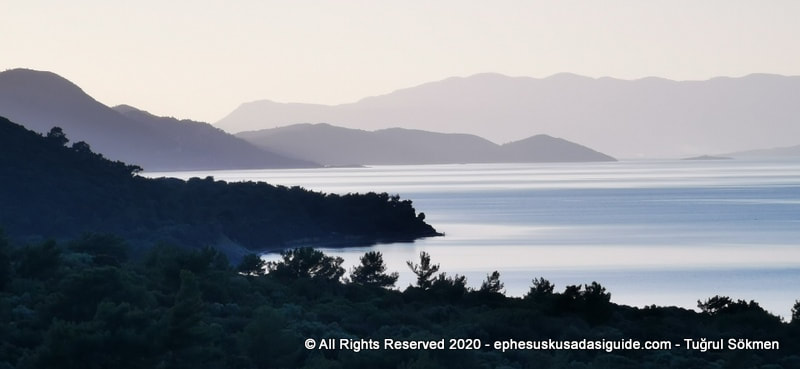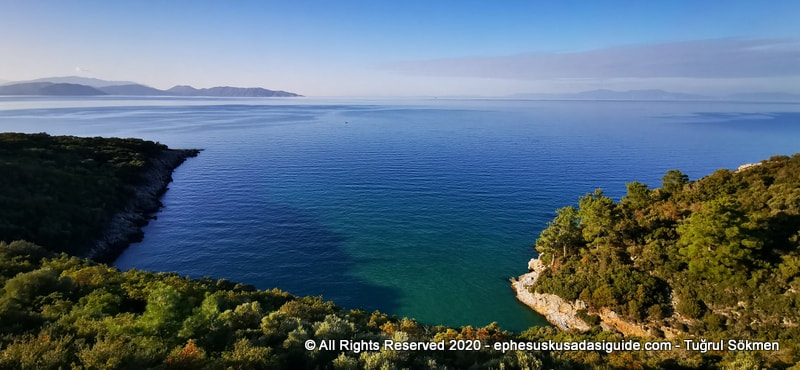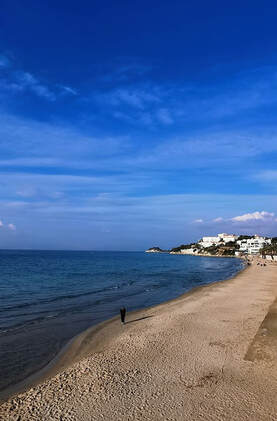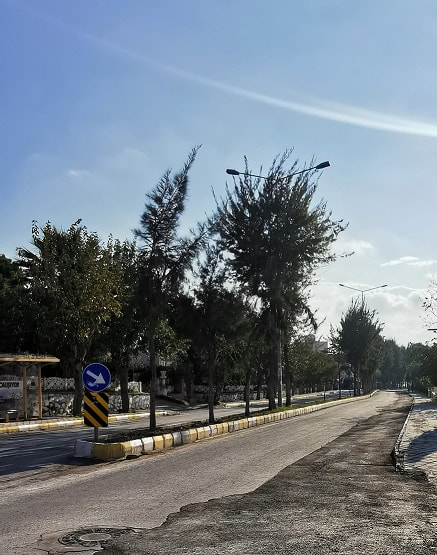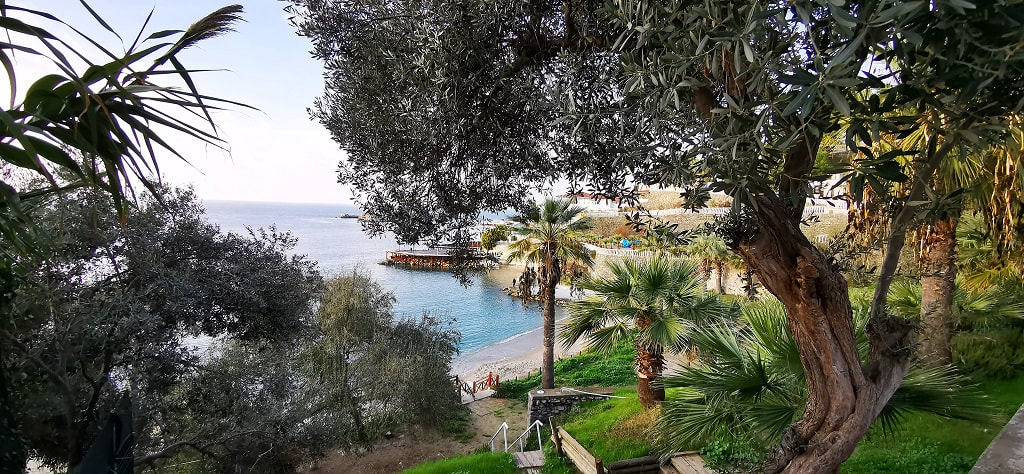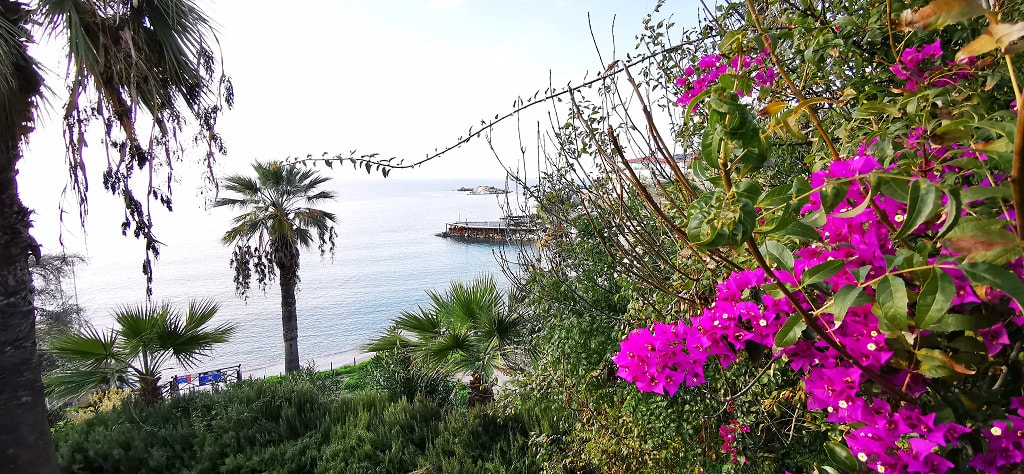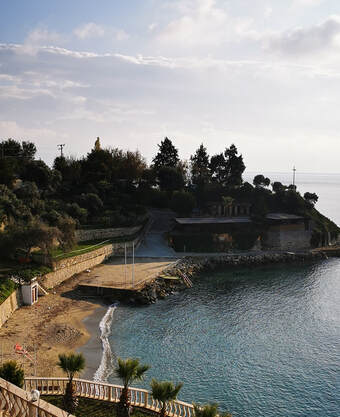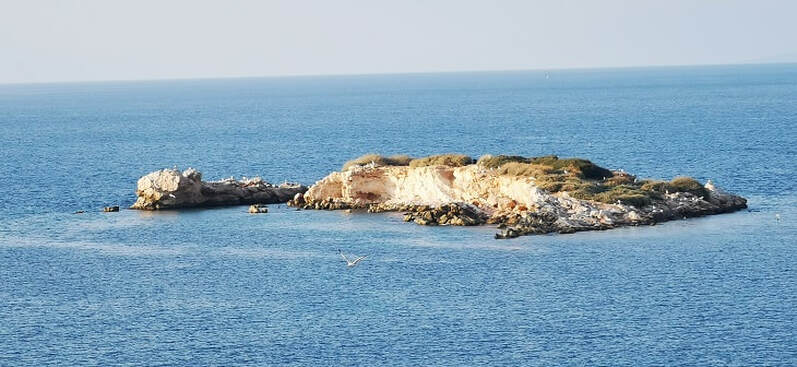 RSS Feed RSS Feed
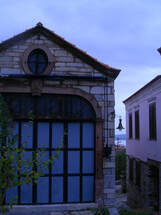
The old village of Doganbey, was named as Domatia and populated by the Greeks until the population exchange of 1924.
After that the village was inhabited by Turks and abandoned some time later. 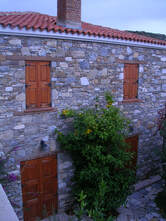
The village, therefore, is like an open air museum, demonstrating the most beautiful examples of Turkish and Greek architecture carrying the traces of the past civilizations.
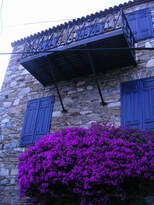
The village comprises some original buildings, one of which is the Information and the Visitor Center, in addition to a chapel and a church.
The Information and Visitor Center, which was a school when the village was inhabited by the Greeks, was left in ruins after the population exchange. The building was restored in 2001 and converted into the Information and Visitor Center. The building comprises a museum room, and exhibition hall for educational and cultural activities, library, a computer room for the needs and information purposes of the visitors, education room; aimed at the education of the young generations through workshops, which also enables the visitors for bird watching with telescope, slide room for the visitors, meeting room, information center, administrative center and a cafeteria. 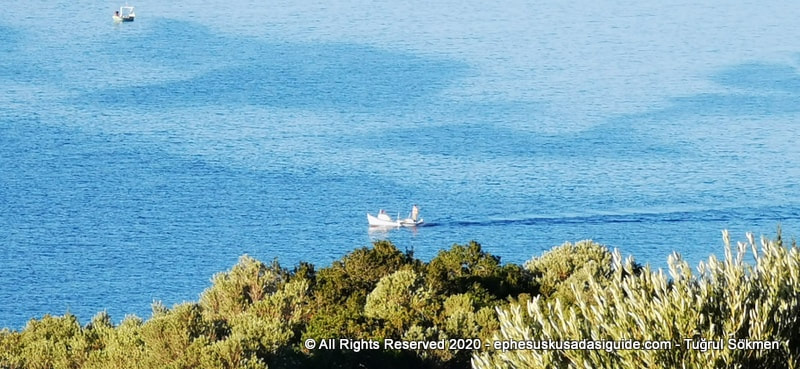 Fishing Boat on the Coast of National Park Kusadasi Fishing Boat on the Coast of National Park Kusadasi
Dilek Peninsula National Reserve area and the park is in the region of Kusadasi and Soke, in the province of Aydin.
The national park can be reached via the Kusadasi – Soke highway, and lies roughly in the middle of the two towns.
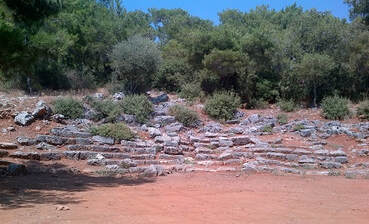
Guzelcamli village , at the northeast edge of the national park and at the foot of
Dilek mountain, was used as the assembly place for the political and scientific center of Ionia in the 9th and 8th centuries BC.
Panionion, the sacred gathering center of the 12 Ionian cities in the 9th century B.C. The Ancient city of Thebai, Panagia Monastery, the historical village of Doganbey and Karina, the Hagios Antonios Monastery and the Cave of Zeus are located within the boundaries of Dilek National Park near Kusadasi. 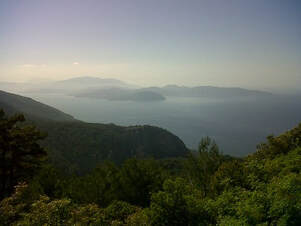
The National Park of Dilek Peninsula Buyuk Menderes Delta covers an area of 27.675 hectares (68.357 acres).
10.985 hectares of this land belongs to Dilek Peninsula, which was declared as a national park in 1966. Buyuk Menderes Delta, adjacent to the southern part of the peninsula covering an area of 16.690 hectares (41.224 acres), was also included in the national park in 1994.
Owing to this unique diversity of plants the European Council declared Dilek Peninsula as the Flora Biogenetic Reserve Area in the European Biogenetic Reserves Diagram. 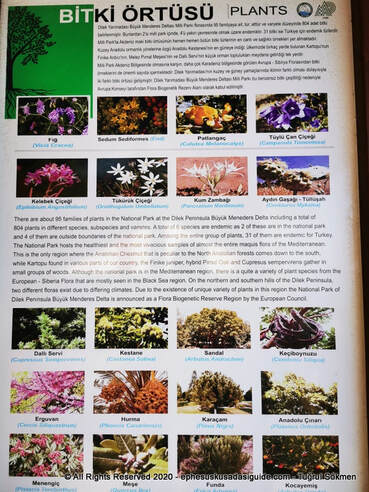 Plants of National Park Plants of National Park
Besides the geological and geomorphological structure, it has a rare botanic quality for the Mediterranean.
Because of this quality it gained a scientific value from the researches made by the botanicians. The northern side of the park has plants rarely seen in the Mediterranean region. 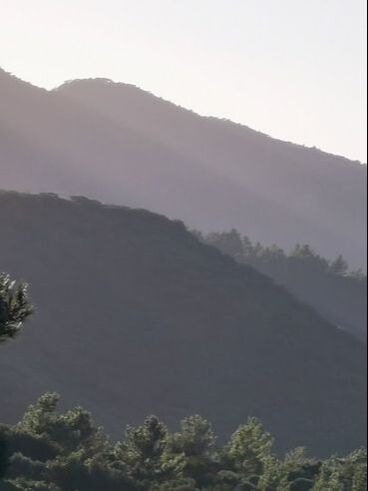 Mykale Mountain Mykale Mountain
The morphological structure of this area embraces a number of hills, valleys, a canyon and bays.
The average altitude of the peninsula is 650 m and the highest point is the Dilek Hill (Mykale), from which the national park derives its name, with an altitude of 1237 m. There are many bay and chestnut trees, and it is the only area where the Finike juniper and pirnal oaks are found together. 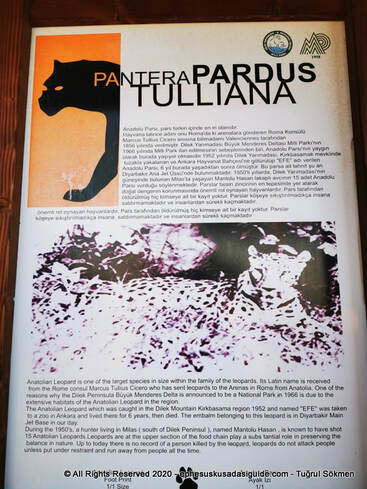 Pardus Tulliana, Anatolian Leopard of Kusadasi National Park Pardus Tulliana, Anatolian Leopard of Kusadasi National Park
There are endangered species in the area; the most typical example is the Anatolian Leopard.
The National Park, there are lots of reptiles, mammals and species of birds. Also at the shores of the field, almost all kinds of fish are unique to the Mediterranean, have the inns of living and reproduction. The Mediterranean seal which is under protection is one of the typical animals of the region. Fauna at Dilek National Park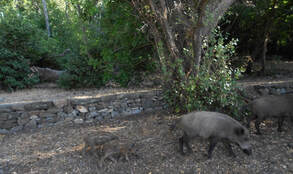
Boar (sus scrofa), caracal (caracal caracal), lynx (lynx lynx),
jackal (canis aureus), hyena (hyaena hyaena), wild cattle and horses are among the fauna of the peninsula. Dilek Peninsula hosts 8 species of mammals, 42 species of reptiles and a great number of marine animals.
Furthermore, the peninsula is the western most point where the extinct or nearly extinct Anatolian panther (panthera pardus tulliana) lives.
The Mediterranean monk seal (monachus monachus), which is among 10 most rare sea mammals of the world, lives on the shores of this peninsula. Birds of Dilek National Park in Guzelcamli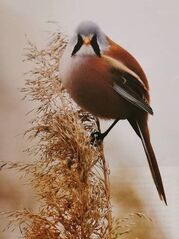
Buyuk Menderes Delta region of the National Park is a marshy area with a few lagoons, salty marshes and mud plains with an overflowing character.
Owing to its reach biodiversity and hosting critically endangered and endemic species, Delta is under protection through International Ramsar, Bern and Rio Arrangements and Barcelona Convention. Among the 256 species of birds living in the area 70 of them breed there. Globally endangered pygmy cormorant (phalacrocorax pygmeus). Dalmatian pelican (pelecanus crispus) which the world population is estimated at 3000 in the world, little egret (egretta garzetta), lesser kestrel (falco naumanni) and white-tailed eagle (haliaeetus alblcilla) are among the important species of birds which breed in the area. Flora of Dilek National Park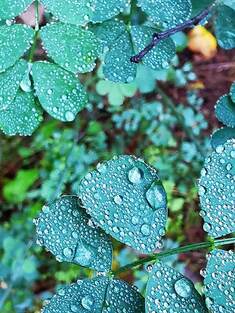
The Flora of Dilek Peninsula has a rich variety of plants belonging to 95 families and 904 kinds of plants belonging to various species, sub-species and varieties.
6 species of these plants are endemic, peculiar to the area. In addition to that, the peninsula includes 18 species which are endemic for Turkey. The area contains most of the samples of the Mediterranean Maqius Flora in their liveliest and healthiest forms. 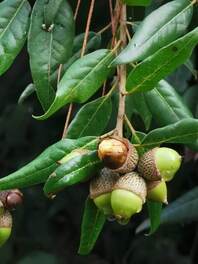
Dilek Peninsula is the only area where Anatolian chestnut (castana sativa) peculiar to the forests of the Northern Anatolia grows in the south; and snowball (viburnum tinus), which grows only in a few areas of Turkey.
Phoenecian juniper (juniperus Phoenicia),
holm oak (quercus ilex & coccifera), cypress (cupressus sempervirens var. horizontalis) are other species which only grow in this area in the form of small forests.
The park also provides tracking and climbing opportunities at the inner-forest pathways for the nature-lovers.
The beaches and picnic areas in the National Park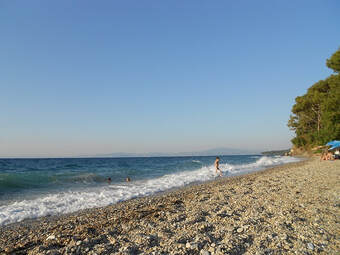
The beaches and picnic areas in the National Park area are very popular for the visitors between April and October.
To prevent the damage of the natural structure, overnight resorts are not welcome.
The visitors, in the designated areas can carry out sportive activities on the blue flagged beaches, or take trekking tours together with various activities such as rock climbing, mountain biking, photo safari, view watching, fishing, (with fishing lines only), cultural trekking, bird watching, horse safari, bike safari and botanical tours.
Facilities: It is possible to stay in the park in tents or caravans, and there is food available. 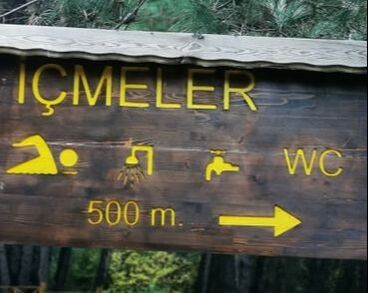
Simple facilities like water, WC, dressing cabins, picnic area and tables and cook-stoves have been developed in the Park, to make the daily excursions to Icmeler Bay, Aydınlık Bay and Kavaklı Beach easier.
Beaches around Kusadasi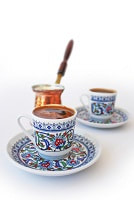
There is a wide variety to eat delicious foods.
You can taste various popular cuisines here.
From sea foods to Turkish traditional foods, you can find plenty of restaurants with reasonable prices.
While you are eating traditional Turkish food you may try the favorite national drink “raki”.
Turks like to describe this potent anisette tasting drink as “Lion’s Milk”.
You can top off your meal with tasting a cup of “Turkish coffee”, served either sweet (sekerli), with medium sugar (orta) or without sugar (sade).
On this post you can see the updated information about new food & drink venues in Kusadasi.
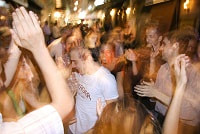
Nightlife in Kusadasi which continues until the first light of the day varies in style in different parts of town.
Bar street in down town is a narrow street on which mostly British and Irish pubs are located next to each other.
International music is played in this bar district.
Kaleici ( The old town) area is another part of town where lots of different style bars and clubs are located.
The old town houses with their gardens in the back are converted into clubs and bars. Most bars in this area perform live Turkish music.
However, one can choose between live Turkish music, international, rock, pop or jazz in this area.
If you are looking for a different experience you can go to a bar or club out of down town by taxi.
These bars are usually by the water and are preferred by those who like to be in an airy atmosphere on a hot summer night and listen to mostly Latin music.
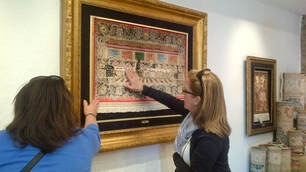 Kusadasi is an ideal place for shopping with its wide variety of products, competitive prices, open bazaars and top class facilities. In modern shops you can buy clothes, jewelry and fashion accessories, on the other hand there are too many places where you can purchase authentic products with Turkish motifs such as hand-woven carpets or rugs made from wool or silk, vases, plates, masks, hookah and various products made of meerschaum. One of the delights of shopping in Kusadasi is that most shops are open seven days a week from 9.00 am to 12.00 pm. Every Tuesday and Friday large traditional open markets sell locally grown fruits and vegetables, household items and textiles. Most currencies can be exchanged at banks, exchange-offices and hotels. Major credit cards are widely accepted in most city shops. TransportationThe traffic in Turkey is on the right hand side of the road. Inside the city center, maximum 50 km is allowed. The speed limit is 90 km outside the city, 130 km on the highway. You should be at least 21 years of age, while renting a car or motorbike. Driving license and passport are must on renting.
 RSS Feed RSS Feed
Here are some of the beaches in/around Kusadasi;
If you are looking for clean and sandy beaches where you can relax it is easy to find in Kusadasi.
Starting from the south towards north of town there are various beaches. Some of them are beach clubs where one has to pay certain fee to use the facilities and others are free for the public.
It is your choice whether you prefer a sandy beach, a rocky beach or a beach with pebbles.
The cleanliness of water will be represented by the number of blue flags, 3 flags being the cleanest water.
The beach area offers deck chairs, sun umbrellas, water sports activities, showers, toilets, sand volleyball court, cafes and restaurants and even an ATM in case you need urgent cash!
The beachs are quiet crowded on Sundays and national holidays.
The sea is usually calm in the morning and play around with the waves in the afternoon. To get to and come back from this beach is very easy.
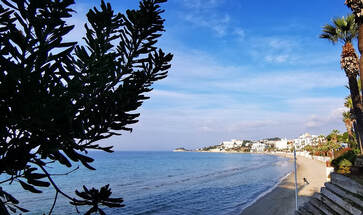 Ladies Beach (Kadinlar Denizi) Kusadasi, Turkey Ladies Beach (Kadinlar Denizi) Kusadasi, Turkey
Ladies Beach is a sandy beach, 1 km. long which offers sun umbrellas, deck chairs, showers, cafes and restaurants across the street from the beach.
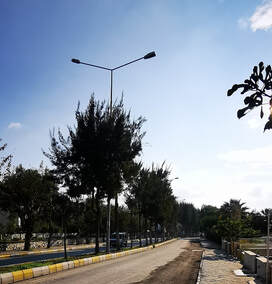 Neighborhood around Ladies Beach Kusadasi Neighborhood around Ladies Beach Kusadasi
Ladies beach gives its name to the neighborhood established near it.
Because of the proximity to the Beach This neighborhood started being developed around Late 80's Early 90's with Residential Units. Before the 90's there were only a few hotels along the coast. 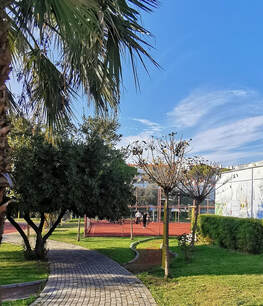 Playgrounds around Ladies Beach Kusadasi Playgrounds around Ladies Beach Kusadasi
The area is full of hotels, apart hotels, pensions and summer houses.
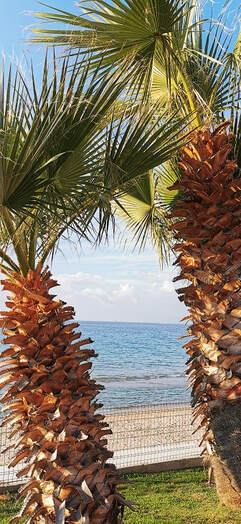 View from the Pedestrian Walkway of Ladies Beach Kusadasi View from the Pedestrian Walkway of Ladies Beach Kusadasi
You can also enjoy all the water sports activities in this beach.
Along the Pedestrian walk of the Ladies Beach coast there are 5 hotels and 15 cafe's and restaurants. Today the coastal walkway is pedestrian only, before the 2000's there was a one way road that open to motor vehicle traffic.
 RSS Feed RSS Feed
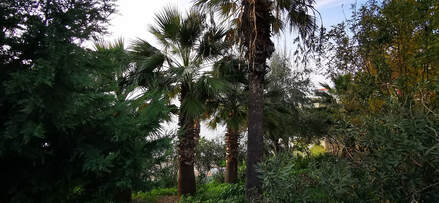 Green Beach Palm Trees Kusadasi Green Beach Palm Trees Kusadasi
It is a small and calm beach. On Sundays, however, the beach is quite packed with local vacationers. It is surrounded by Palm Trees, bougainvilleas and olive trees hence the name Green Beach.
|
AuthorWrite something about yourself. No need to be fancy, just an overview. ArchivesCategories |
